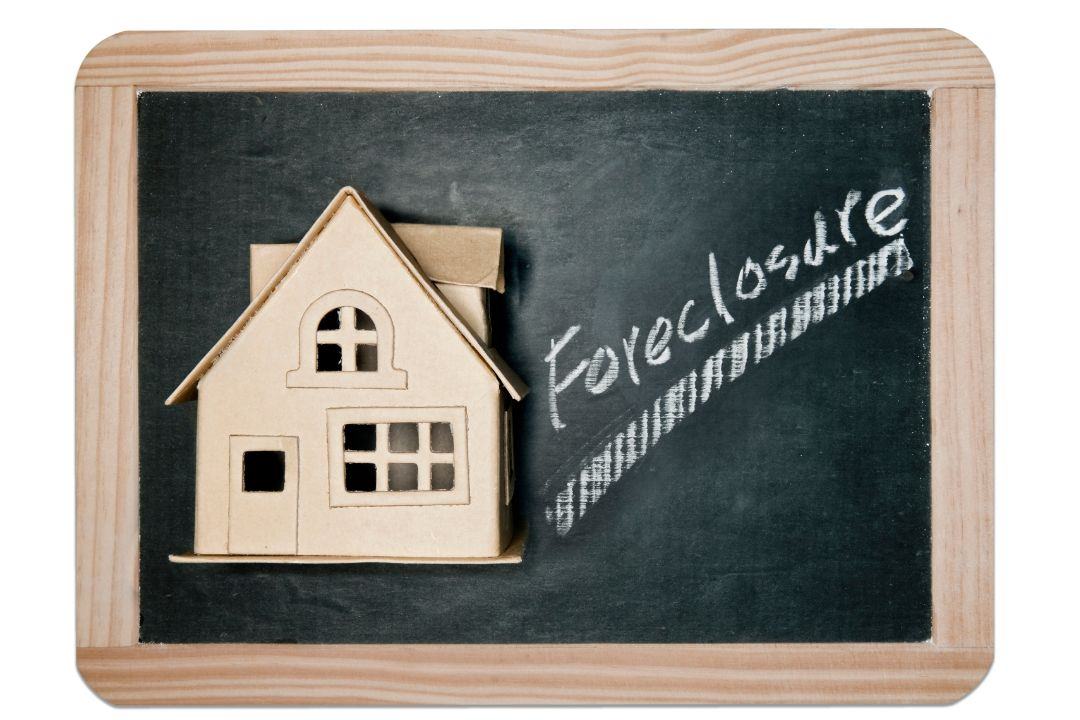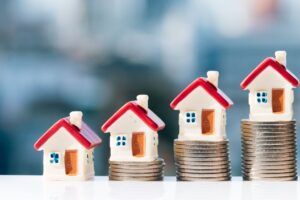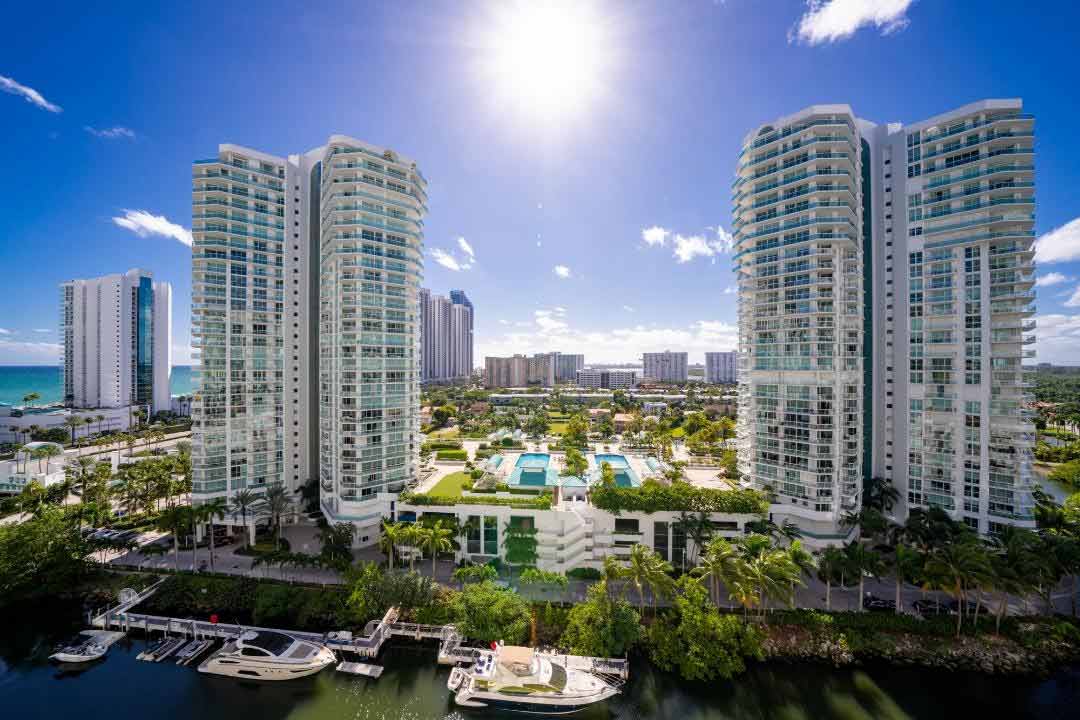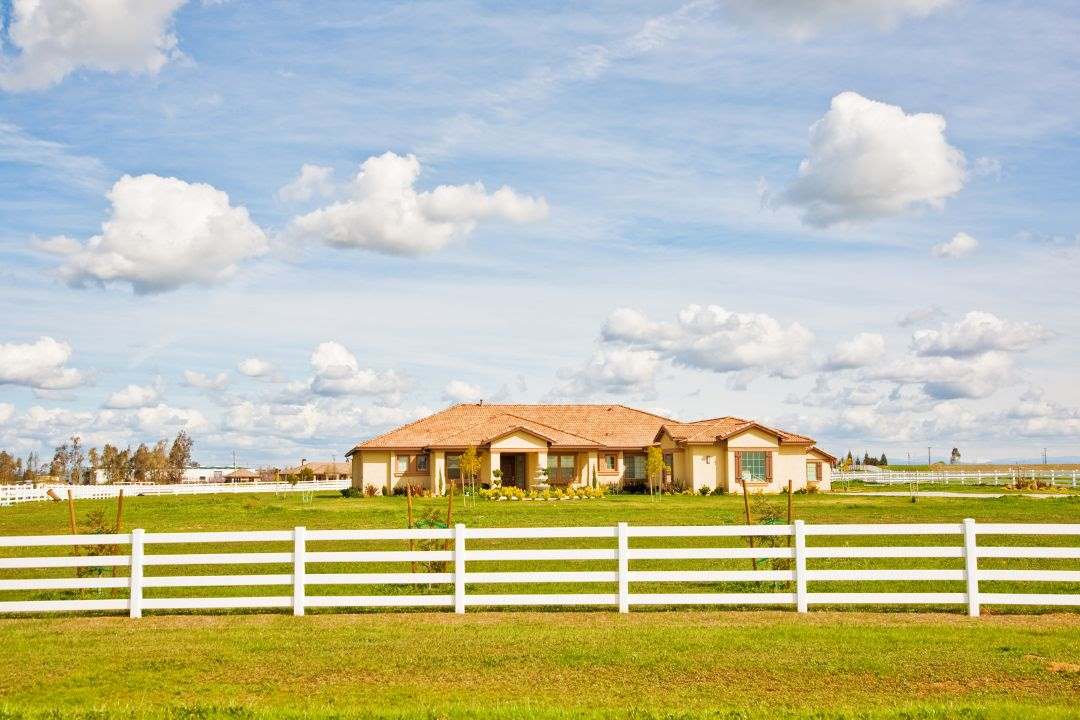Exploring mortgage default causes reveals that strategic defaults are not always the primary reason. For years, bank credit analysts have assumed defaults were voluntary, especially when borrowers’ equity fell below their loan balance. This led to a cynical view of homeowners and investors in foreclosure, assuming underwater finances directly led to default. However, this perspective overlooks the complex realities faced by those caught in the foreclosure process.
The realities behind mortgage default causes
New studies on mortgage default causes suggest that voluntary strategic defaults are quite rare. Homeowners and individual real estate investors are not that calculating.
The reality is that the vast majority of mortgage defaults are not the result of a purely tactical default on an upside-down property at all. Instead, new research finds that the effects of income shocks and expenses beyond borrowers’ reasonable control have been vastly underestimated all along. In exploring mortgage default causes, it’s evident that almost all borrowers in foreclosure faced serious financial setbacks impacting their payment abilities.
In recent years, nearly all mortgage defaults were simply rooted in adverse life events:
- Unemployment
- Underemployment
- Illness and injury
- Divorce
- Widowhood
- Mortgage shock – rising interest rates requiring a higher payment
- The need to care for an elderly or disabled family member
- COVID-related shutdowns and disruptions
- Business failures
- Business partner disputes
- Crime
- Natural disaster
In cases where defaults weren’t temporary setbacks but significant enough to lead to foreclosure, it was common for multiple shocks to be present. That is, it’s almost never just one thing by itself, but a combination of things piling on top of each other that drives people to bankruptcy or foreclosure.
According to research from the American Journal of Public Health, two out of three personal bankruptcies occur because of medical debt – because of the skyrocketing costs of medical care or because of lost income. Medically related debt forces an estimated 530,000 Americans into bankruptcy every year.
Nearly all mortgage defaulters name at least one involuntary liquidity trigger as contributing to their default.
The assumption that large numbers of homeowners simply walk away from their loans when they have negative equity ––the classic “strategic default” –– turns out to be a pernicious myth. Their numbers are very rare, raising questions about the real causes behind the mortgage crisis, such as whether individual defaults were a significant factor.
Types of defaulters and mortgage default causes
Credit industry analysts typically divide mortgage defaulters into three broad categories:
1. Strategic defaulters
These are people who have no income shock or financial setbacks forcing them to default. They simply walk away from their mortgages when their home is underwater. As we mentioned, this group is extremely small compared to the total number of mortgage defaults. In fact, a University of Chicago study estimates that only about 3% of all underwater mortgage defaults are strategic. This is in contrast to previous studies that estimated that between 30% and 70% of underwater defaults were strategic in nature.
According to the newer study, older methodologies vastly undercounted the frequency and severity of genuine income and cash flow shocks for borrowers.
2. “Double trigger” defaulters
This is the group of people who are underwater (in a position of negative equity) for whatever reason, and who also have had an income/liquidity shock. Most would sell a property, but in Florida, hurricanes can lead to unexpected mortgage defaults, demonstrating how natural disasters impact homeownership. However the negative equity makes it impossible for them to sell the home.
They just don’t have the cash available at closing to make up the shortfall. But they wouldn’t default and walk away, except for the fact that they also had another trigger, such as disability or unemployment, making it difficult or impossible to keep up with mortgage payments.
The presence of both triggers – negative equity and an income shock or other significant involuntary financial setback – is what defines the “double trigger” defaulter.
3. “Cash flow” defaulters
These are people who have an income shock that impacts their ability to keep up the payments, but who don’t have negative equity. There is some other reason why the borrower doesn’t sell her home to avoid foreclosure such as unemployment or other adverse life events.
We know full well that almost no one deliberately engineers a default or foreclosure simply to escape a negative equity situation. There is almost always some significant financial setback at play, and that’s the real reason why people default.
But it’s clear from these recent studies that public perception has vastly underestimated the risks and uncertainties that most Americans face.
And that, in part, is why the traditional banking industry typically has not catered to certain segments of the population: small business owners, entrepreneurs, freelancers, consultants, “gig economy” workers, and professional investors.
They also vastly underestimated the vulnerability of working and middle-class Americans to income shock from upstream causal factors that are beyond workers’ control. We saw a lot of that when millions of small businesses were shut down by fiat during the pandemic, devastating not just business owners and landowners, but ordinary workers and starter homeowners who were employed by these businesses, or who were forced to pull out of the workforce because of school closures.
Help is available
One of the most rewarding parts of providing foreclosure bailout loans is being able to help good people save their homes. Good people who’ve been pushed to the limit by circumstances beyond their control, and by a banking system that is not structured to accommodate them or their real-world problems.
If you’re facing default or foreclosure, chances are good we can find a solution that will help you keep your home while you work through the crisis.
In recent years, we’ve helped people just like you actually save their homes from foreclosure on many occasions – Most commonly with a foreclosure bailout loan.
These are shorter-term bridge loans specially designed for borrowers who are caught in foreclosure.
Underwriting is streamlined, and usually doesn’t rely on your income or personal credit score. Instead, the home itself serves as collateral for the entire loan.
Because there’s no need for a deep personal background check, these loans can be closed very quickly.
And they can be done at any stage of the foreclosure process – right up to paying off the loan on the courthouse steps on the way to the auction table.
People we’ve helped: DAK Mortgage’s real world foreclosure rescue case studies
Case study: last minute bridge loan for a borrower with low 500s credit score
One DAK Mortgage client was within hours of losing title to her home in foreclosure. The bank had already obtained a final judgment against her, and the home was already up for sale at auction.
As is often the case with people going through foreclosure, her credit score was already severely damaged, in the low 500s. But thanks to some alternative lending programs, and racing against the clock, we were able to get her a $520,000 loan in the nick of time. That enabled her to pay off the bank, and keep her home.
Case study: cash out foreclosure bailout loan, despite damage from water leak and a city lien on the property
One Orlando couple was facing imminent foreclosure. Their home had significant damage from a water leak, as well as a lien on the property from a previous permitting issue. Nevertheless, DAK Mortgage was able to find a lender who was willing to lend even more than the mortgage balance, providing a cash-out refinance to the couple just when they needed it most. They were able to keep their home, as well as get a small cash cushion to help them through the current short-term cash crunch and get back on their feet.
Case study: foreclosure rescue despite recent bankruptcy
A mother and daughter who jointly owned a home in Broward County, Florida, were facing foreclosure together. Conventional refinancing was impossible because the daughter had just completed a bankruptcy less than two years prior, which made her ineligible for a traditional loan. Banks would be no help.
DAK Mortgage found them a short-term bridge loan from a private lender. This allowed them to pay off the bank and stave off foreclosure. It also allowed the younger borrower to put some more time between herself and the bankruptcy, and for both to get reestablished so they can get a lower rate permanent loan in a year or two.
Case study: foreclosure rescue despite multiple bankruptcies, insurance problems
Here’s another case where a short-term bridge loan was used to help a borrower buy some time after a bankruptcy to rebuild credit and qualify for a lower-rate permanent loan at a later date. One Broward couple had staved off foreclosure for several years by a series of bankruptcy filings.
After seven years of delays, the bank finally scheduled a sale.
In addition to the multiple bankruptcies, the house had roof problems that made it difficult to insure. Without insurance, it would be nearly impossible to refinance.
That’s when the owners contacted DAK Mortgage.
First, we lined up a private lender who was willing to overlook the couple’s credit issues. Personal credit is not an issue with hard money lending since the property itself provides sufficient collateral.
Next, we used our extensive contacts in the industry to locate an insurance broker who was able to find an insurer willing to underwrite the home. With that in place, the loan closed quickly, in time for the couple to escape foreclosure and stay in their home.
Click here for more real-world mortgage rescue cases from our files!
Facing foreclosure: Solutions for mortgage default causes
- Don’t get discouraged, and don’t give up. Even late in the foreclosure process, you still have options. Remember, the bank doesn’t want to foreclose. They hate auctioning properties. They are really hoping you’ll find a way to catch up with your loan and get out of default.
- Get an attorney. The bank has a small army of attorneys on their side. You should have one, too. It’s very difficult to fight the foreclosure battle on your own. Most attorney offices will provide a free initial consultation, at least. And most will know a variety of legal arguments to defend you successfully. Which can buy you time to line up other options.
- Call DAK Mortgage. Unlike bank lenders, we specialize in helping people out of foreclosure. Because we’re not a bank lender, we have far more flexibility in structuring deals that are mutually beneficial for you as well as the lender. And we don’t have to worry about what Fannie Mae and Freddie Mac will say. If the overall deal makes sense, you can get a foreclosure rescue loan.
- Stick with established mortgage professionals. It’s sad we have to say this, but there are fly-by-night criminals and scammers who prey on desperate homeowners with a variety of foreclosure rescue scams. Stick with licensed, insured, and established mortgage professionals with a long track record.
Conclusion
No matter where you are in the foreclosure process, DAK Mortgage can help. Whether you just receive a layoff notice or some other bad news and you sense trouble a few months away, or whether the bank has already obtained a final judgment from the court and has already scheduled an auction sale, there are ways we can help you keep your home and recover from your current financial crisis.
Contact us today, and let’s discuss your situation.
FAQs on foreclosure prevention strategies
What are the primary mortgage default causes leading to foreclosures?
The primary causes include financial hardships like job loss, unexpected expenses, and changes in economic conditions. Understanding these factors is crucial in preventing and managing foreclosures.
How can homeowners prevent foreclosure?
Homeowners can prevent foreclosure by exploring loan modification options, communicating early with lenders about financial difficulties, and seeking advice from housing counselors.
Does climate change impact mortgage default rates?
Yes, climate change, through events like hurricanes in Florida, can significantly impact mortgage default rates by causing property damage and financial instability.
What should I do if I’m at risk of mortgage default?
If you’re at risk, contact your lender immediately to discuss options like forbearance or modification. Seeking financial advice and understanding mortgage default causes can also be helpful.









